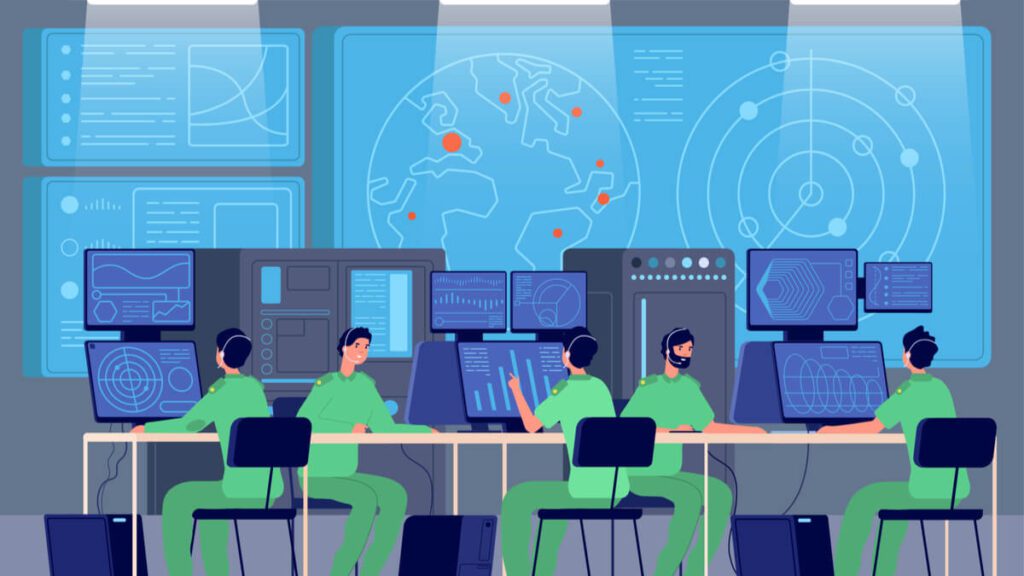GIS cybersecurity: The geospatial approach and its importance

What do automation, digitization, and virtualization have in common; They all take place in the proverbial cyber-sphere. What is less obvious to modern consumers is how much technology will infiltrate our physical world in the future.
We are seeing self-driving cars, buses, and trains populating the coming decades, financials are increasingly becoming cashless and contactless, IoT products are on a rapid rise, and smart cities and infrastructures are increasingly popping up around the world.
Hence, we cannot neglect the geographic aspect of our cybersecurity either, and its increasing importance in our lives
Enter GIS security, Geographical Information System in cybersecurity.
Geospatial intelligence and cyber security operations go hand in hand in ensuring that vital infrastructures and data networks such as those used in smart cities, factories and IoT networks, remain safe.
With such technologies slowly becoming mainstream worldwide, it is good to address the security issues that come with them from the root. Or else end up with a Black Mirror inspired traffic jam from hell to be lifted by paying ransom – or something more sinister, knowing the show.
The advent of blockchain is one aspect of GIS cybersecurity crucial to future operations. In a blockchain, physical data ledgers are created such that the decentralization of data operations would allow them to continue even after a cyber-attack.
By allowing data to communicate from one ledger to the other, and decentralizing data storage, phishing campaigns will often have less sway over the victims.
A GIS cybersecurity strategy would also help pinpoint the source of a cyberattack by using spatial analytics to find the IP adress in question.
Having a bird’s eye view of all network infrastructure could allow GIS security experts to assess various factors and determine where an attack has come from. With the use of artificial intelligence and machine learning, better methods of prediction can be attained allowing for preemptive defense.
GIS cybersecurity is yet another block in the cage match that is the cybersecurity arms race constantly going in between every device and along every wire. Cyber space is the new battlefield yes, but the geography of it is as essential.
